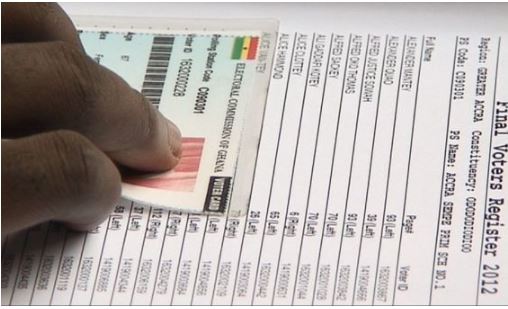- Is the significant rise in life expectancy finally slowing down? Why?
- Boeing factory strike crosses 1-month mark as pressure mounts on new CEO
- Why Honeywell CEO Vimal Kapur doesn't think the AI payoff will come from productivity
- China's exports and imports grew far less than expected in September
- Pro-Palestine protestors cause disturbance outside the New York Stock Exchange
What do you believe is the single most important factor driving up the cost of living in Nigeria?

HIV increases in urban areas, adolescent girls
HIV infections remain a burden in urban areas and among adolescent girls despite efforts to tame the epidemic, the Uganda Aids Commission (UAC) said yesterday.
Presenting the latest national surveillance data, officials from UAC, which coordinates Uganda’s response to the epidemic, noted that most of the recently-created cities have infection rates that are higher than – and in some cases double – the national HIV prevalence average of 5.1 percent.
Data shows that the overall number of new infections per year declined from 53,000 in 2019 to 38,000 in 2023 but the rate of decline is too slow for Uganda to meet its goal of eliminating HIV/Aids as a public health threat by 2030.
Urban areas with the highest HIV prevalence rates were Fort Portal City (14.1 percent), Soroti City (12.5 percent), and Lira City (12 percent), Arua City with 3.8 percent and Mbale City with 4.8 percent had the lowest HIV prevalence rate among the cities recently created by the government. However, Kalangala and Kabarole districts, which do not have city status, registered HIV prevalence rates of 13 and 11.6 percent, respectively.
Public health officials attributed the higher rates of infections in urban areas to widespread unsafe casual sex and prostitution.

- October 14, 2024
First-time voters to vote based on employment, infrastructure

- October 14, 2024
EC publishes ballot statistics for 2024 election

- October 14, 2024
Bernard Mornah not better than those of us on the ballot


- October 14, 2024
IDEG-CTI to deploy 1,500 election observers


- October 14, 2024
National parks open for two-day free entrance
Subscribe to our mailing list to get the new updates!

Subscribe our newsletter to stay updated
Thank you for subscribing!





